France PMI Manufacturing was finalized at 55.0 in September, down from August’s 57.5, lowest since January. Markit said that input lead times deteriorated at unprecedented rate prior to COVID-19. Output growth lost further momentum amid supply-side challenges. New order growth softened further.
Joe Hayes, Senior Economist at IHS Markit, said: “September survey data show us that the intense supply-side imbalances are now starting to seriously impede the French manufacturing sector and are even affecting the demand-side of the economy too.
“Lead times are rising at extreme rates, and port closures in Asia seen recently have added fuel to the fire…. Surveyed firms mentioned that clients are becoming hesitant and orders are being postponed or not placed at all , so we’re now seeing a negative demand-side impact.




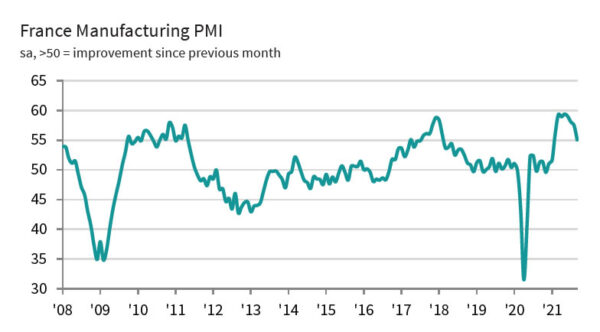
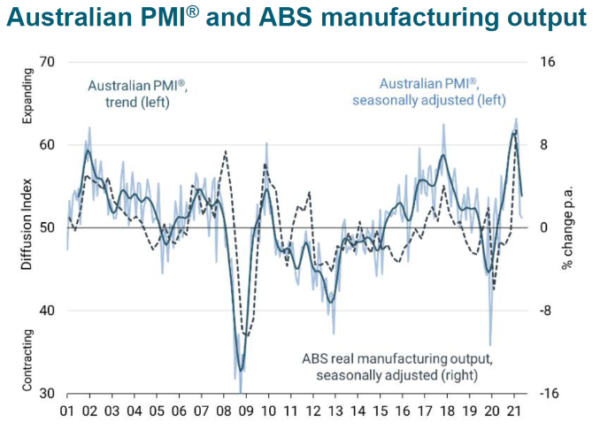
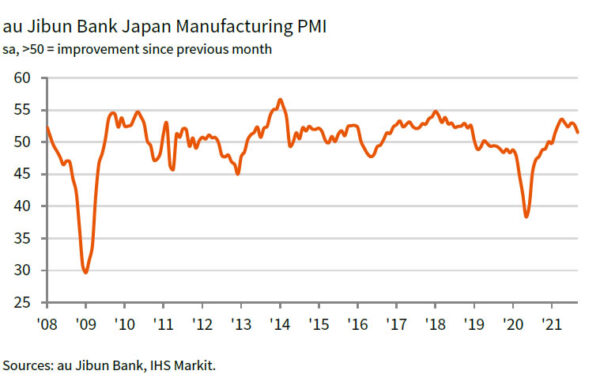
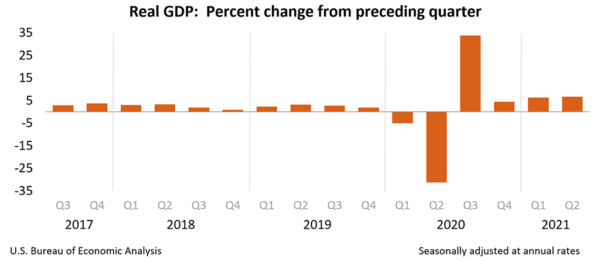
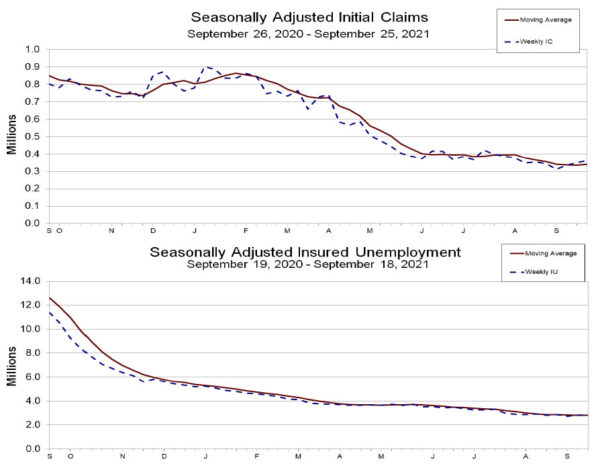
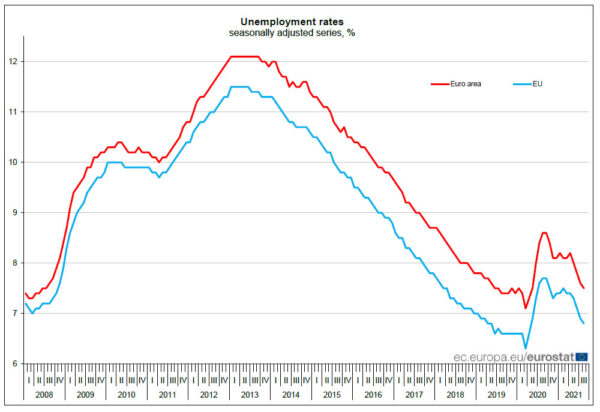
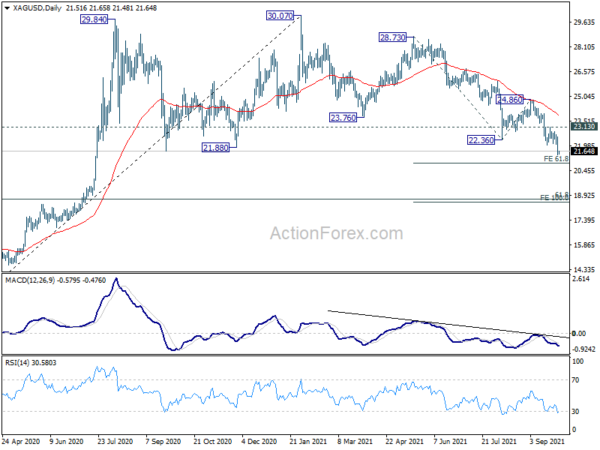
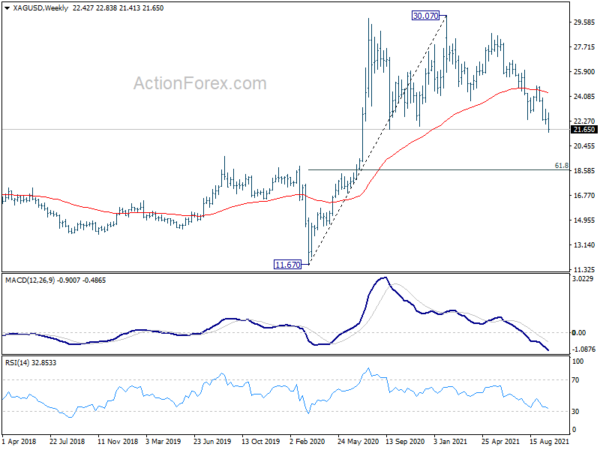
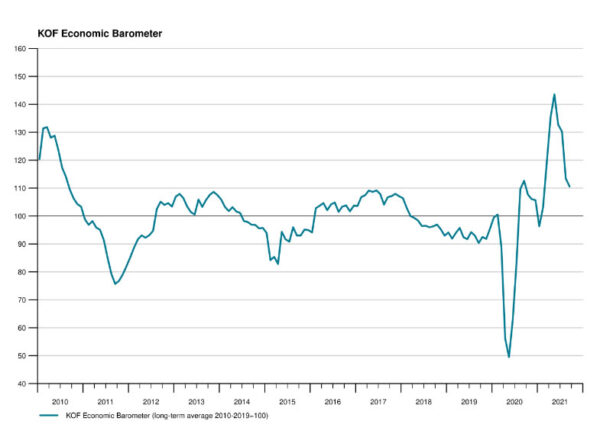
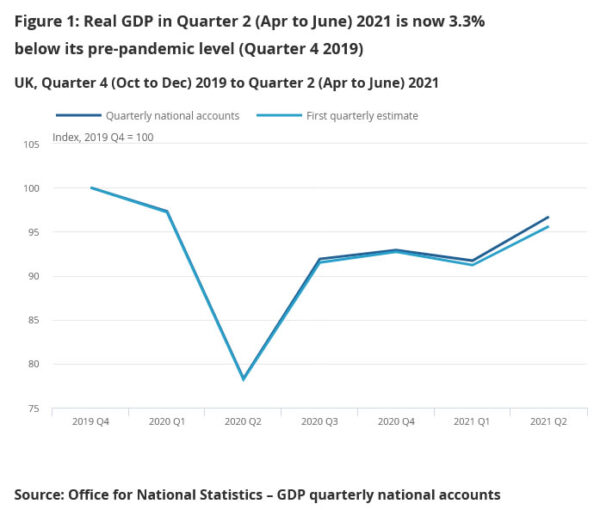
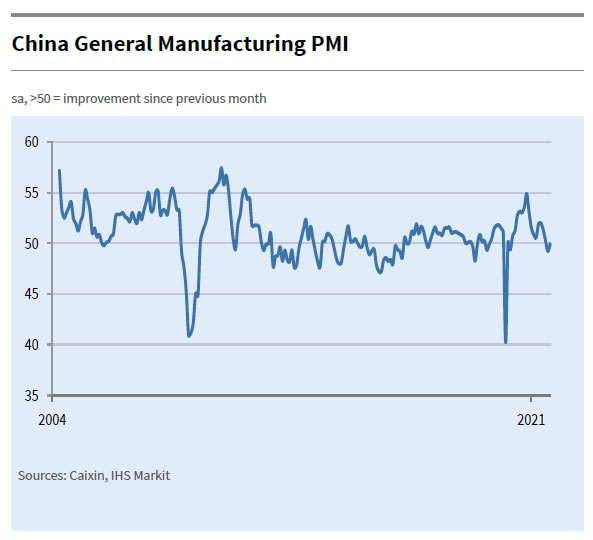


Germany PMI manufacturing finalized at 58.4, false impression distorted by delivery times
Germany PMI Manufacturing was finalized at 58.4 in September, down from August’s 62.6. Markit said output and new orders rose at slowest rate in 15 months. Input shortages continued to push up costs, leading to higher output prices. Pace of job creation slowed as growth expectations dipped to 13-month low.
Phil Smith, Associate Economics Director at IHS Markit, said:
“At 58.4, the latest headline PMI reading gives a false impression as to the manufacturing sector’s current performance, with the suppliers’ delivery times component continuing to distort the picture. Trends in output and new orders are weaker than the headline number suggests.
“The unprecedented supply shortages we’ve seen in recent months have been holding back production levels for some time now, and we’re increasingly seeing this disruption feed back up the supply chain and resulting in reduced demand for intermediate goods as orders are either postponed or cancelled. As a result, overall growth in new orders dropped to a 15-month low in September.
“At the same time, supply bottlenecks continue to drive up input costs and, in turn, put pressure on manufacturers to raise prices, which is acting as another headwind to growth. The rate of input price inflation looks like it might have peaked but is still running close to the fastest in the survey’s history, leading to near-record numbers of goods producers raising prices.
“Manufacturers’ optimism towards the outlook is steadily ebbing away, down in September to its lowest for 13 months, with many firms concerned that supply shortages will persist into next year.”
Full release here.